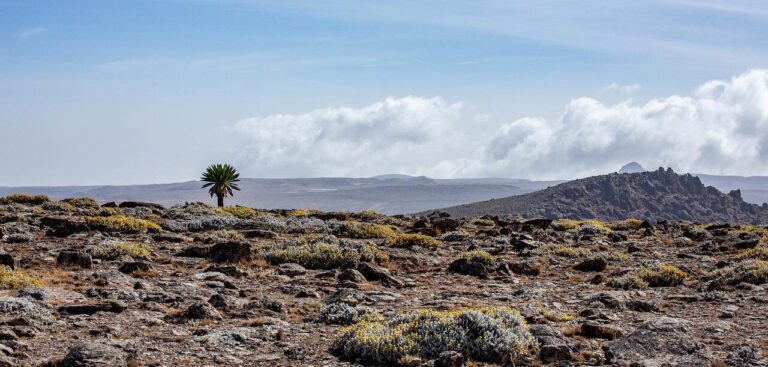The UN-backed Climate Risk and Early Warning Systems (CREWS) initiative has been launched for the Greater Horn of Africa, strengthening extreme weather and hydrological warning mechanisms for Ethiopia, Somalia and Sudan.
The project, Greater Horn of Africa: Strengthening early warning and early action systems for meteorological, hydrological and climate extremes, will be implemented by the United Nations Office for Disaster Risk Reduction (UNDRR), World Meteorological Organization (WMO) and The World Bank.
CREWS aims to enhance the capacities of regional and national entities to produce and use climate, weather and hydrological services, including early warning systems. It will support regional activities and provide support to the national meteorological and hydrological services (NMHS).
The Horn of Africa is increasingly threatened by climate hazards and extreme weather, with millions of people currently facing a humanitarian crisis due to several years of below-average rainfall and failing crops, resulting in the worst drought in four decades. At the same time, the region has also been struck by damaging floods that have destroyed crops, washed away infrastructure and killed vulnerable people.
In Somalia, the UNDRR Regional Office for Arab States (ROAS) has already initiated a project to enhance the effort of disaster risk reduction. The UNDRR ROAS project in Somalia aims to improve the governance, understanding of risks and the capacity to address disaster risks at national and local levels to better prepare for and respond to disasters, and to reduce vulnerabilities, loss of life and economic damages.
The CREWS Greater Horn of Africa project’s regional activities will be centered around improving regional services to support countries to provide effective early warning systems (EWS) and strengthening regional coordination and cooperation for effective EWS and climate services.
In Ethiopia, activities will support ensuring early actions and development of demand-driven climate and early warning information services. In Somalia, activities will focus on developing and delivering priority public hydromet services, and institutional development. As for Sudan, activities will focus on strengthening both community involvement in EWS and flood early warning services.
The project launching event brought together representatives of the regional partners (ICPAC, ENTRO and Red Cross), national stakeholders (national meteorological and hydrological services as well as disaster risk management authorities in Ethiopia, Somalia and Sudan), the implementing partners (UNDRR, WMO and World Bank) and regional stakeholders.
The project is supported under the CREWS Initiative, a mechanism that funds least developed countries (LDCs) and small island developing states (SIDS) to increase the availability of, and access to, early warning systems.



